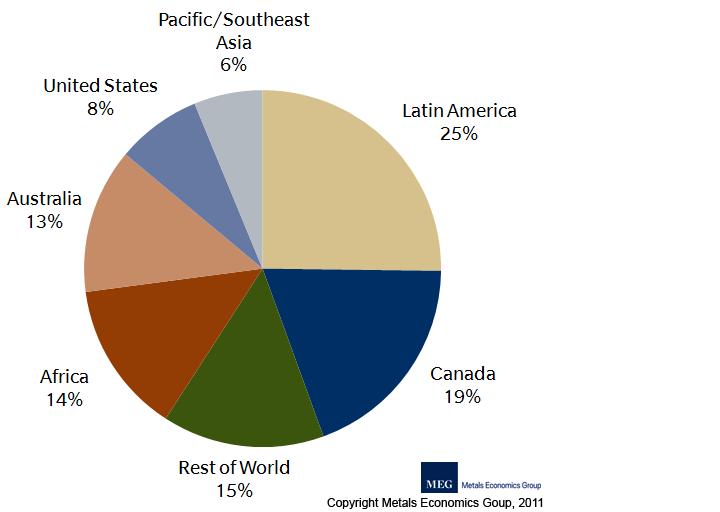Founded in 2006 by James Murray, NetNewsledger.com offers news, information, opinions and positive ideas for Thunder Bay, Ontario, and for Northwestern Ontario. This column was originally posted on February 5, 2011. newsroom@netnewsledger.com
For an extensive list of articles on this mineral discovery, please go to: Ontario’s Ring of Fire Mineral Discovery
THUNDER BAY – The signals are all on the table for anyone willing to read them. First Nations in Northwestern Ontario are not prepared to accept lip service from the provincial government on the Ring of Fire. The issue is one that has been coming for sometime now, and has not been covered all that much in the main-stream media. Comments from Matawa First Nations leaders, and Nishinawbe Aski Nation leaders have ranged from frustration to anger. Already there is word of blockades on-going to stop activity related to mining exploration.
To quote a famous movie line from Cool Hand Luke – “What we have here is a failure to communicate”.
Now too be sure, no politician is likely to agree with that statement. There has been lots of talking going on, but for communication to happen, there must be both a sender and a receiver. It is looking more all the time that there is lots of talking, but not much listening. We have years of what appears to be lip service paid by Premier McGuinty. The Premier is likely damaging the ability of his Minister of Northern Development, Mines and Forestry to actually achieve anything substantive. McGuinty has poisoned the well with years of happy promises that he has not delivered on.























